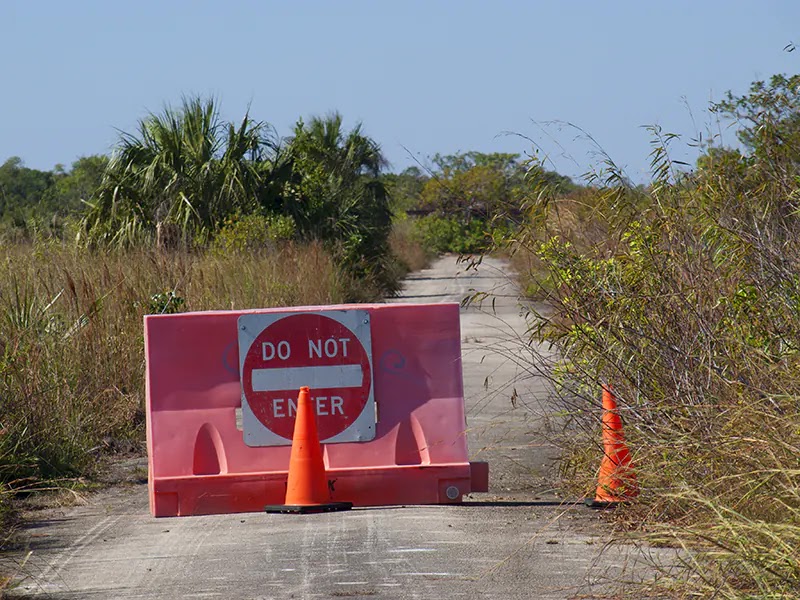Floral City: Visit to a slice of old Florida

|
| Historical marker in Floral City, Florida - License our images here. |
The longest bicycle trail of Florida crosses this town with old tales to tell. The Withlacoochee State Trail was an old railway repurposed by the state government for recreation.
The Timucuan village of Tocaste lasted over 800 years at the spot of Floral City. Later, the Spanish explorers Pánfilo de Narváez and Hernando de Soto passed by the area. After the 18th century, there was the Seminole Indian village called Cho-illy-hadjo - I guess it survived until the start of the Second Seminole War in 1835.
The oldest surviving home in Floral City is the Duval House. Its owner, John Paul Formy-Duval, was one of the first white settlers of the area. His father was a French doctor that came to America fleeing the bloody French Revolution. John Paul served in the Confederate Army during the Civil War.
Floral City was surveyed in 1883. Its commercial center grew around the lake because boats were the easiest way to bring stuff to the area.
We walked Aroostook Way to the shores of Lake Tsala Apopka. This is the only diagonal street in this part of the city and screams "old road" for its departure from the common rectangular grid.
Beautiful old trees are lined along the way. Cranes were wandering at the gardens of old houses and a friendly cat followed us through the empty street.
Coming back from the lake, we walked the Avenue of the Oaks - Orange Avenue - with its centenarian trees.
There stood the New England Hotel. I tried to get a photo but only found one of the Floral City Hotel from around 1889. We can get the idea of the look of the town in the 19th century.

|
| Floral City Hotel, Florida. 1889 (circa) - State Archives of Florida. |

|
| Atlantic Coast Line depot. Floral City, Florida, circa 1920 - State Archives of Florida |

|
| Ferris Groves at Floral City in 1953 - State Archives of Florida. |



Comments
Post a Comment